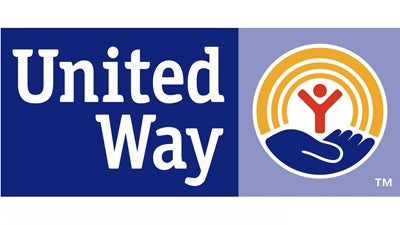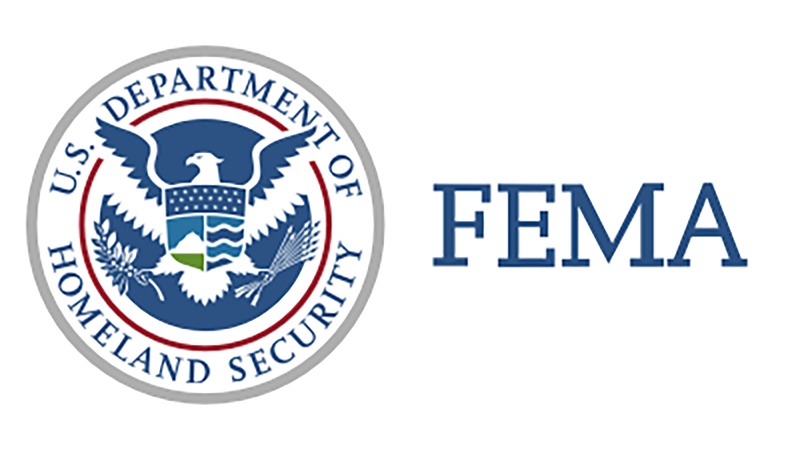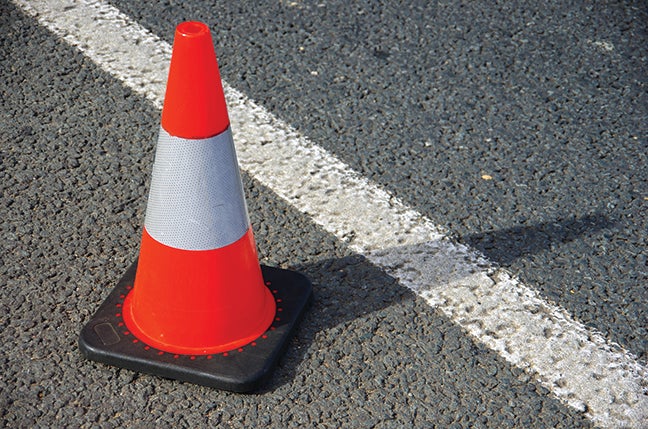New report shows 47% of St. John households earn below rising cost of living
Published 10:50 am Saturday, May 27, 2023
|
Getting your Trinity Audio player ready...
|
LAPLACE — Fewer households in St. John the Baptist Parish were financially constrained in 2021 compared to 2019, according to new data released this week by the Louisiana Association of United Ways. However, nearly half of the population is still living in poverty or within the ALICE (Asset Limited, Income Constrained, Employed) threshold, a term that describes households earning more than the poverty level but less than the rising cost of living.
While employment shifts and health struggles were abundant during the height of the COVID-19 pandemic, locals gained access to unprecedented public assistance through pandemic relief efforts. In 2019, 53% of St. John Parish households were living above the ALICE threshold. According to the data released this week, 56% of St. John households were above the ALICE threshold in 2021, with 29% falling into the ALICE category and 15% living in poverty.
This compares to the 32% state average of ALICE households in Louisiana and 18% of households living in poverty across the state. St. John Parish is also above the state average in median household income, $60,743 compared to $52,087, and labor force participation rate, 61% compared to 59%.
While a majority of St. John households are Black, and the largest demographic groups tend to have the largest population below the ALICE threshold, data suggests that financial hardship is not evenly distributed by race. A larger percentage of Black families are considered ALICE or living in poverty compared to white and Hispanic households in St. John Parish.
St. John Parish District Three had the highest percentage of households below the ALICE threshold at 61%. More than half of the population in Districts One and Four lie below the ALICE threshold, coming in at 54% and 52%, respectively. District Seven had the fewest amount of financially-constrained households at 26%. Across the board, single-headed households with children were far more likely to fall below the ALICE threshold when compared to married households with children and single or cohabiting households without children.
St. John United Way Executive Director Dolores Montz said programs are available to ease the burdens of ALICE families, but there is still much work to be done.
“For over 50 years, St. John United Way has been committed to serving the people of the River Parishes. Food security and education are the two most important priorities for our community. We strive to ensure the best quality of life for all,” she said.
Montz said St. John United Way supports access to food by assisting agencies such Second Harvest, St. John Ministry of Care, and Health and Human Services. On the education front, she hopes to raise awareness of the Dolly Parton Imagination Library, a fully-funded program that provides one free, age-appropriate book each month for all St. John Parish children from age birth to 5.
On a statewide level, temporary assistance from tax credits, emergency disaster funds and pandemic relief helped soften the impact of inflation for ALICE households but were not sufficient to cover the full extent of rising household costs. Through the pandemic and several natural disasters, the ALICE population in Louisiana increased by 22,980 from 2019 to 2021.
According to “ALICE in the Crosscurrents: COVID and Financial Hardship in Louisiana,” the cost of a survival budget rose 11% from 2019 to 2021. The updated survival budget for a working family of four was $66,288, far above the federal poverty level of $26,500.
ALICE households are faced with choosing between healthcare and food, while struggling to find affordable childcare.
“ALICE needs our attention now more than ever, as we recover from the disaster era we universally experienced as Louisianans,” said Sarah Berthelot, president/CEO of Louisiana Association of United Ways. “This report is a reminder of the scale of struggle that working families – with 51% of all households in Louisiana living below the ALICE threshold, despite disaster aid assistance. As pandemic and disaster recovery aid conclude, the data points to warning signs of the harsh challenges ahead for ALICE, ranging from affording childcare in order to maintain a job to continued difficulty paying bills and addressing basic medical needs.”
Patty Riddlebarger, vice president of corporate social responsibility for Entergy Corporation, a partner in the ALICE report, said the data provides a voice for struggling households and serves as a tool for policymakers and local leaders to utilize when designing programs for the community.
“In 2022, the Louisiana Association of United Ways and United Way partners across our state were instrumental in helping Entergy provide more than $4.4 million in utility assistance and VITA support for working families in Louisiana,” Riddlebarger said. “Entergy is committed to helping ALICE families achieve economic stability. Our support for the ALICE report is an invaluable resource in this work.”





